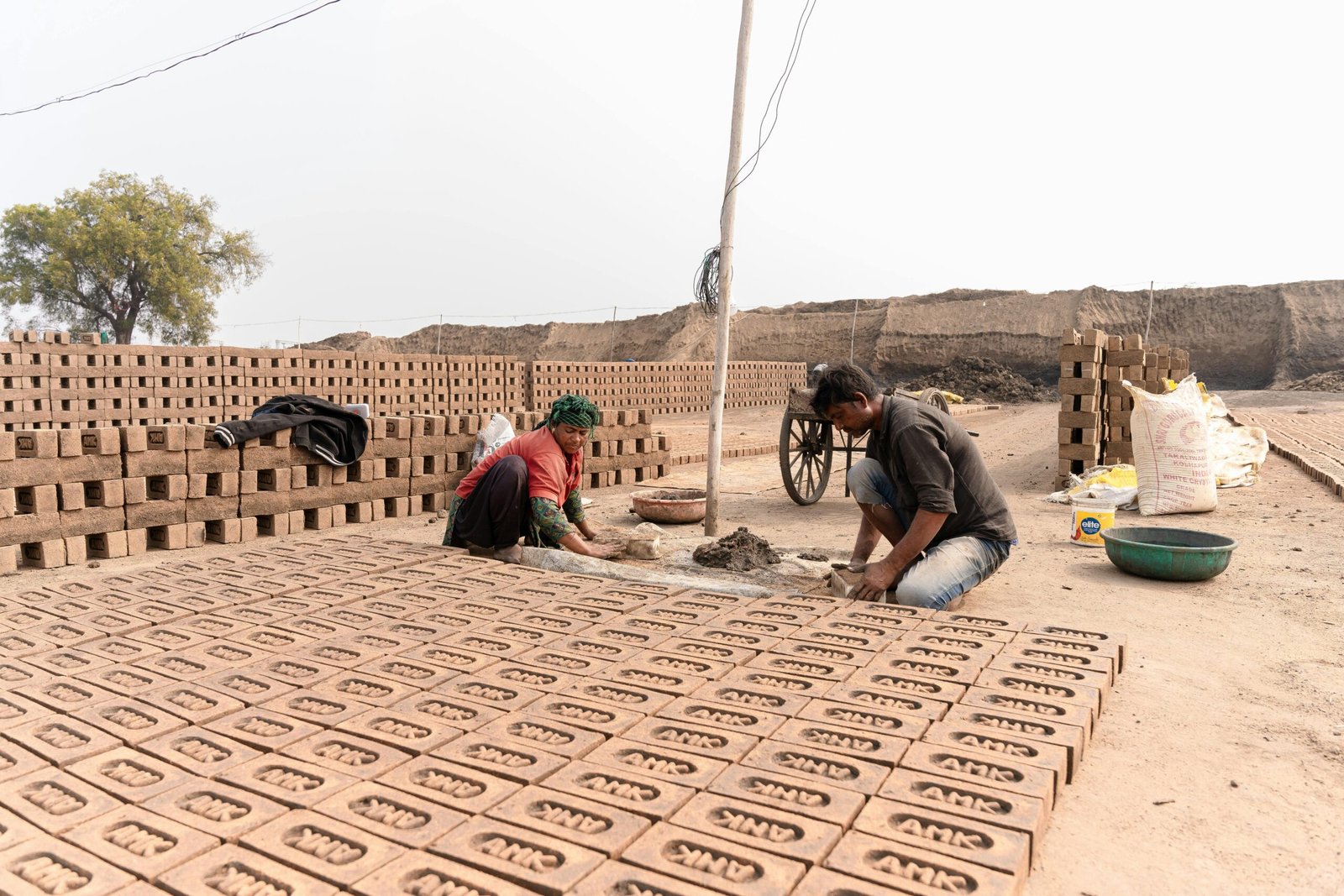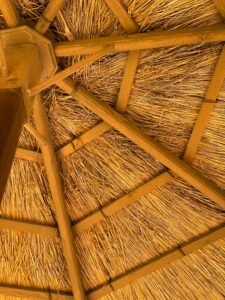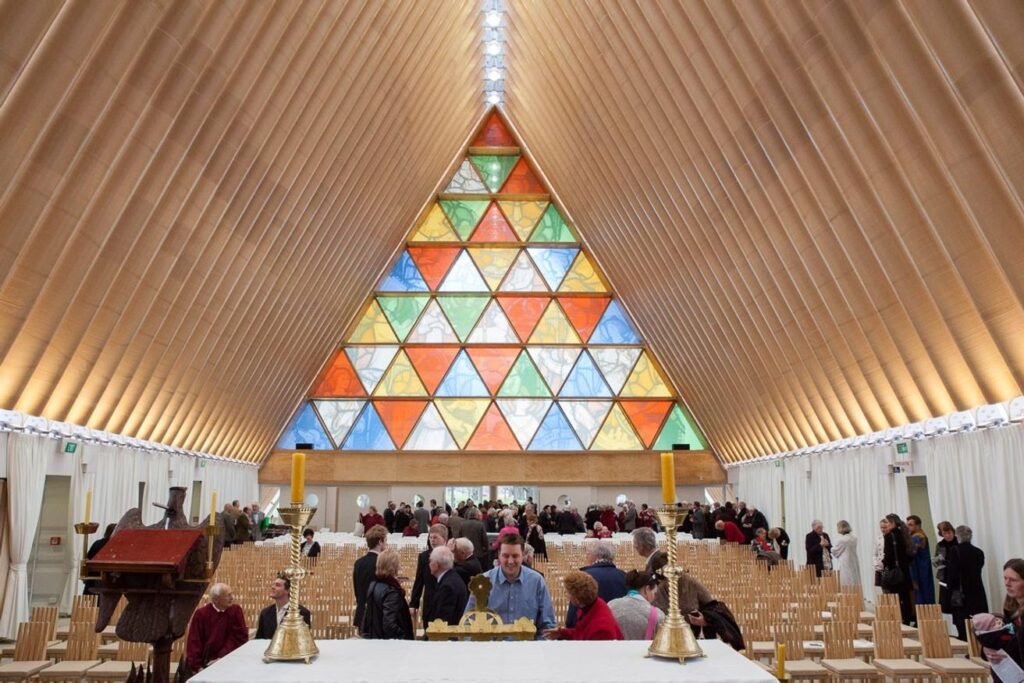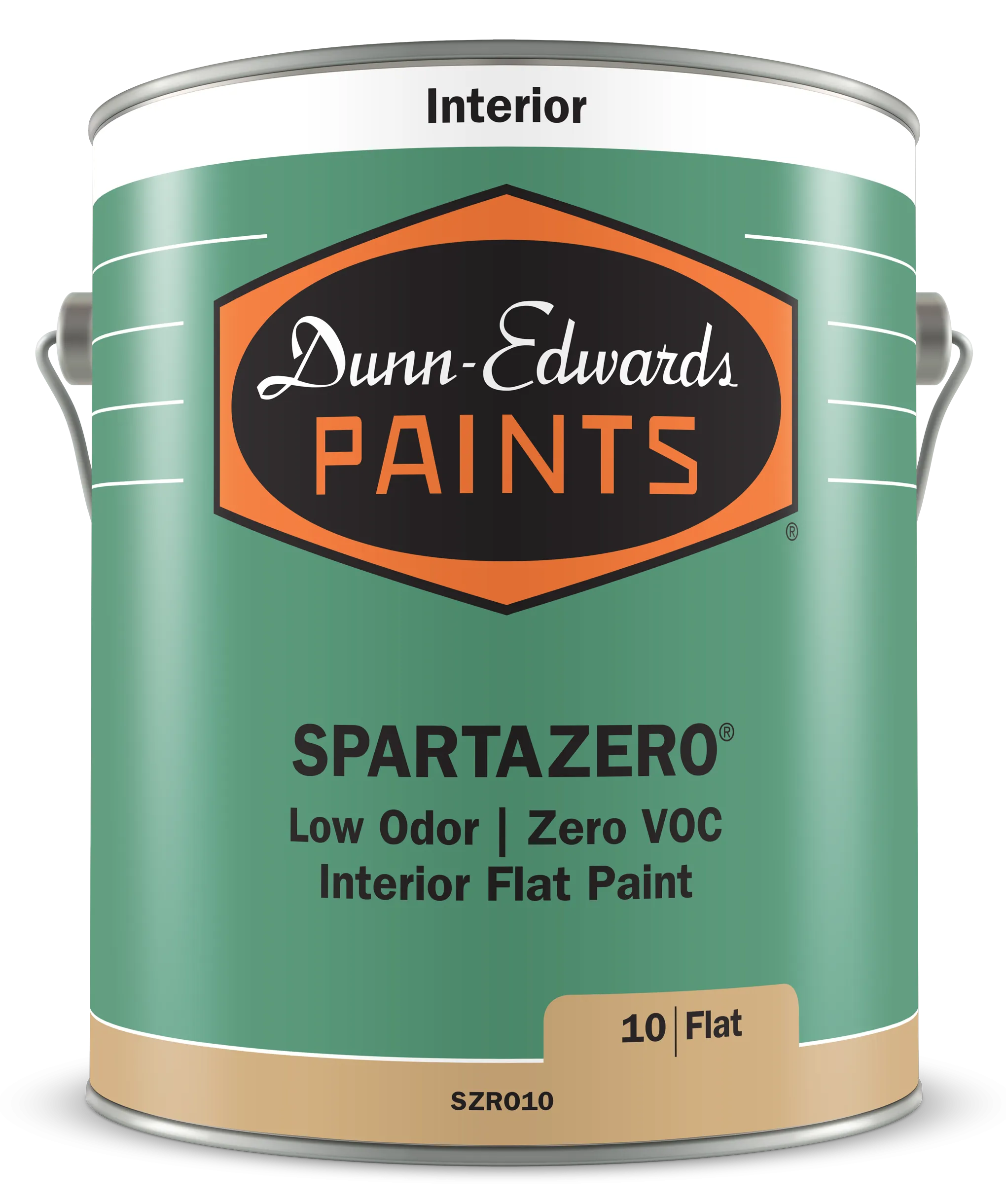INTRO
What Are Sustainable/Eco-Friendly Building Materials?
The term eco-friendly involves several key aspects—it refers to processes that protect both human health and the environment, now and in the long run. In construction, sustainable or eco-friendly building materials meet a wide range of performance criteria: they’re locally sourced, low-impact, cost-effective, non-toxic, thermally efficient, recyclable, and ideally, produce zero carbon emissions.
From my own experience, I’ve seen how communities using locally available materials often create homes that feel more rooted, not just culturally but environmentally. This reflects a beautiful balance between tradition and sustainability.

Why Sustainability Matters in Construction
As the global population grows, urban development rapidly expands to keep up with demand. This increasing need for infrastructure has placed enormous pressure on the environment, contributing to air, water, and soil pollution, as well as greenhouse gas emissions.
By integrating sustainable materials into construction, we can reduce environmental degradation, improve energy efficiency, and protect human health.
When visiting fast-growing cities, I often notice how unchecked development changes the natural landscape. It’s made me realize how urgently we need to shift toward conscious material use—before clean air and green spaces become luxuries.
How Green Materials Reduce Environmental Impact
Eco-friendly materials—also known as green materials—are characterized by their low carbon emissions throughout their lifecycle. These materials are designed to minimize their footprint while maximizing efficiency and longevity.
Take mud blocks, for example. Their thickness provides natural insulation, keeping interiors cool in summer and warm in winter. They’re also inexpensive to produce and require only basic tools, making them a locally viable solution.
I remember visiting a mud house in a rural area—it was surprisingly cool inside, even during a heatwave. That experience really opened my eyes to how traditional materials can outperform modern ones when used wisely.
Key Characteristics of Sustainable Materials
1. Low Environmental Footprint
Sustainable materials have a modest impact on nature and help develop healthier ecosystems. One key indicator is a material’s carbon footprint—the amount of carbon dioxide (and related gases) emitted during its lifecycle.
For instance, clay bricks can be sun-dried using renewable energy or fired in gas-fueled kilns. The method chosen makes a big difference in their environmental impact.


I’ve often wondered what would happen if we revived more sun-drying techniques in modern construction. Not only would it reduce emissions, but it would also reconnect us with simpler, low-energy methods.
2. Energy Efficiency
Eco-friendly materials are designed to optimize energy use—either by their inherent properties or through intelligent design. Hemp wool and coco wool, for example, are excellent natural insulators, while hollow bricks provide both thermal and acoustic benefits.
While researching insulation options, I found coco wool surprisingly effective—and it smells faintly of coconut when freshly installed! It’s a beautiful example of how waste can become a solution.
3. Longevity and Durability
A material’s lifespan directly impacts sustainability. Durable materials reduce the need for maintenance and replacement, lowering long-term costs and pollution.
Still, not all materials are built to last decades. Some, like straw used in thatched roofing, are biodegradable and easily replaced, making them eco-friendly despite their shorter life cycle.


While working on a rural community project, I was amazed by how straw was reused for both roofing and livestock bedding. Its multifunctionality was incredibly resourceful and inspiring.
4. Non-Toxic Nature
Green materials are safe across their full lifecycle—from production to disposal. This includes avoiding harmful substances like volatile organic compounds (VOCs), commonly found in paints.
Instead of using traditional VOC-based paint, architects can explore exposed materials like brick or concrete, which offer a timeless aesthetic and eliminate the need for toxic finishes.
During one renovation project, I opted for lime-washed walls with no VOCs—and the difference in air quality was noticeable. Sometimes, going old-school is the healthiest choice.
5. Responsible Sourcing
Locally sourced materials reduce emissions caused by transportation while supporting the local economy. The global transportation sector, according to 2022 data from the Emissions Database for Global Atmospheric Research, is the second-largest contributor to CO₂ emissions after power production.
One thing I’ve learned is that locally sourced materials don’t just reduce carbon—they often carry cultural value and connect us to traditional methods and stories.
Types of Eco-Friendly Materials
Natural Materials
Natural materials like bamboo, straw, rammed earth, cob, and stone require minimal processing and are usually abundant in nature. These materials have been used in shelter-making since ancient times and continue to offer sustainable alternatives today.
It’s fascinating to see modern architects rediscover these materials—not as relics of the past, but as forward-thinking solutions for a more sustainable future.
Recycled Materials
Recycled building materials come from deconstructed buildings or waste products like metal, glass, timber, and even car tires. Innovative architects, like Japan’s Shigeru Ban, have used recycled paper tubes to build emergency shelters.


His work inspires me—it shows that so-called “scrap” materials, when creatively repurposed, can offer dignity and strength in the face of crisis.
Renewable Materials
These materials regenerate quickly—like bamboo, timber, and wool—and are generally less harmful to extract. However, it’s important to balance use with ecological responsibility. For instance, deforestation for timber—even if renewable—can harm biodiversity if done carelessly.
This is a reminder that sustainability isn’t just about the material itself, but also how it’s harvested and used. A bamboo home built responsibly tells a very different story than one that fuels deforestation.
Low-Impact Finishes
Low-impact finishes are designed to reduce waste, energy use, and chemical pollution. This includes paints with low or zero VOCs and coatings made with renewable ingredients
Some new paints even absorb toxins from the air, which feels like the future of healthy design. It’s heartening to see technology rising to meet environmental needs.
Conclusion: A Collective Responsibility
Sustainable materials aren’t just an option—they’re a necessity. As technology evolves, so do the possibilities for building in ways that respect the planet. Every construction decision, no matter how small, can contribute to a healthier, more livable world.
Personally, I believe that sustainability is less about perfection and more about intention. If every architect, builder, and homeowner makes even a few conscious choices, the collective impact could be enormous.
The future of construction lies not just in innovation, but in compassion—for our planet, our communities, and the generations to come.
